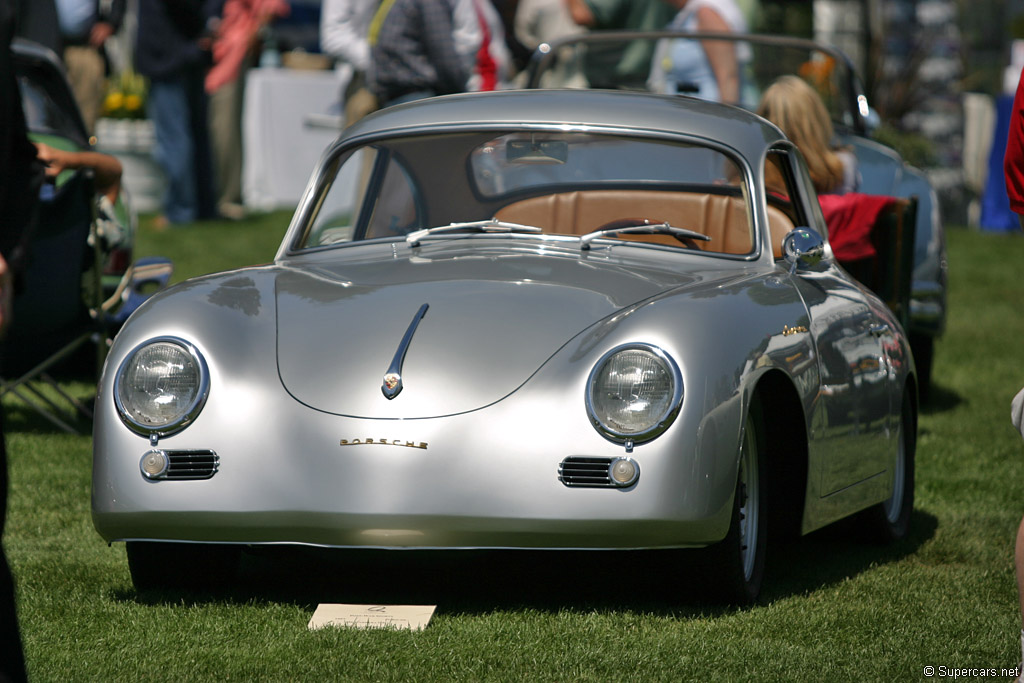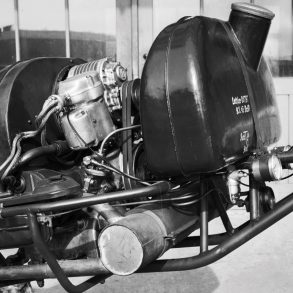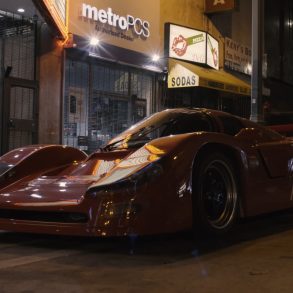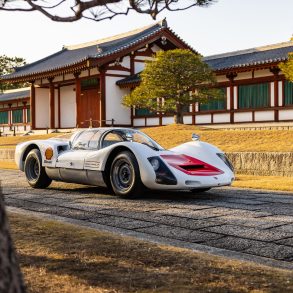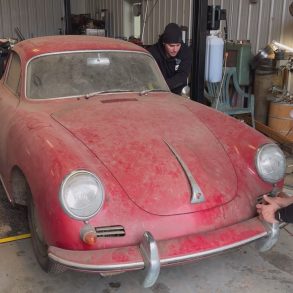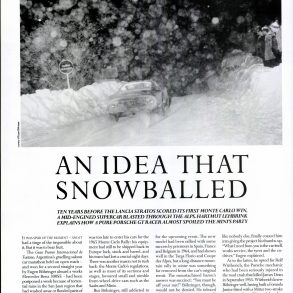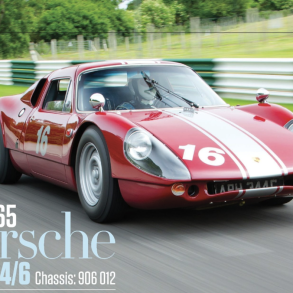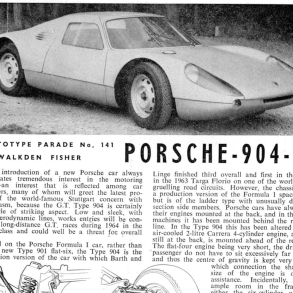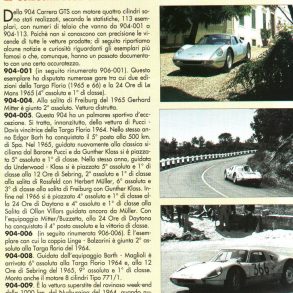1958 – 1959 Porsche 356A/1600GS Carrera GT Coupe – Ultimate Guide
Following the Pre-A prototypes and a run of quad-cams with the 1500cc engine, the 1600 Carrera GT was a performance 356 that used a larger version of the Porsche 550 Spyder’s potent engine. As early as 1958, some Carreras were fitted with a larger engine known as the Type 692. The new unit featured a larger displacement which was better suited for the 1600cc class. Furthermore, it was improved considerably adopting plain bearings and new ignition system.
Sold alongside the Carrera de Luxe, the GT was lightened and prepared for racing. This meant it featured little sound deadening or upholstery, aluminum bucket seats, increased compression and slightly more power.
Technical director of Porsche Klaus von Rücker was responsible for the new Type 692 engine. It kept the earlier verion’s complicated bevel-and-shaft 4-cam valvetrain, but reverted to plain bearings. The increased oil heat was dealt with by a larger oil tank for the dry-sump lubrication system and a pair of oil coolers under each headlight.
The first Carrera GTs to be fitted with the 1600cc engines used Type 692/0 prototype versions that had roller-bearing crankshafts and produced 110 bhp @ 6400 rpm. Less than 40 of these engines were made until Hirth crankshaft supply had dried up then 14 plain-bearing engines were tested until final specification was reached for the Paris Show in October.
By February of 1959, the 1600 GS/GT was finally sold. It featured 40 DCM2 Weber Carburetors as standard and a muffler with little baffles. The engine was easily identified because its distributors were relocated, grouped together at the end of the crankshaft. In Tipo 692/3 race specification, the car produce 141 bhp @ 6500.
Power was transmitted through a new Haussermann diaphragm/spring clutch to a Type 716 transaxles with improved synchomesh. This could handle the increased torque of 100 ft lbs at 5200 rpm.
The new engine and transaxle was attached with more rigidity than before with the use of an updated engine shroud. The first 1600s were fitted into the 356A Reutter Karosserie lightweight bodies.
In 1960 this model was updated to reflect changes with the 356B lineup. Only very few of the 356B GT models were made and all of those were Coupes.
As in 1958, the 1600cc Carreras dominated their class in SCCA Class F. Harry Blanchard and Bruce Jennings placed 1-2 in the series. For 1960, only 1500GS cars were approved for the production classes. This meant the 1600cc cars were left to race in Class C with Jaguars, Ferraris and Astons.
In 1960, smaller displacement cars like the Lotus Elite and Alfa Romeo Giulietta began to pressure the 356, so much so, Porsche developed a lightweight version with Abarth called the GTL.
Specs & Performance
| type | Racing Car |
| production years | 1958 – 1959 |
| coachbuilder | Reutter Karosserie |
| engineers | Klaus von Rücker |
| engine | Type 692/3 Boxer-4 w/Dry Sump Lubrication |
| position | Rear, Longutidinal |
| aspiration | Natural |
| block material | Aluminum |
| valvetrain | DOHC, 2 Valves / Cyl |
| fuel feed | 40 DCM2 Weber Carburetors |
| displacement | 1587 cc / 96.84 in³ |
| bore | 87.5 mm / 3.4 in |
| stroke | 66 mm / 2.6 in |
| compression | 9.8:1 |
| power | 105.1 kw / 141 bhp @ 6500 rpm |
| specific output | 88.85 bhp per litre |
| bhp/weight | 163.01 bhp per tonne |
| torque | 135.6 nm / 100 ft lbs @ 5200 rpm |
| body / frame | Unit Steel w/Aluminum Doors, hood |
| driven wheels | RWD |
| front tires | 5.90 – 15 Supersport |
| rear tires | 5.90 – 15 Supersport |
| curb weight | 865 kg / 1907 lbs |
| wheelbase | 2100 mm / 82.7 in |
| front track | 1306 mm / 51.4 in |
| rear track | 1272 mm / 50.1 in |
| length | 3950 mm / 155.5 in |
| width | 1670 mm / 65.7 in |
| height | 1310 mm / 51.6 in |
| transmission | Type 716 Transaxle |
| tran clutch | Haussermann Diaphragm-Spring Clutch |
| top speed | ~200 kph / 124.20 mph |


